Hail Caesar Epic Battles marches ever closer. Last time, we went on safari to take a look at the Carthaginian War Elephant sprue, but today we’re signing up and joining the ranks of the Republican Romans. Step lively – you’re in the army now!
The Roman army of the Punic Wars was an interesting and unique beast. Having evolved over previous centuries from a primarily Greek-style hoplite army to one far more ‘Italic’ in nature after the Samnite Wars of the 3rd Century BC, the Roman Legions employed a unique style of warfare that would become known as the ‘manipular’ system, where a three-line or ‘checkerboard’ style of deployment would be used, allowing multiple units to support each other against attack. One of the great military strengths of the Romans was their willingness and ability to assimilate the technology and ideas of other nations and cultures, particularly when they had proven to be effective against Roman troops, and thus the Roman troops that fought the Punic Wars would be equipped with Iberian gladii (short swords), Gallic lorica hamata (maille shirts), and fighting in the Italian manipular style.
Our new Roman sprue contains everything you’ll need to build the five main Roman troop types of the Punic Wars – Hastati, Principes, and Triarii infantry, Velites skirmishers, and Equites cavalry – we’ll have a look at them in order!
Before we do that, though, there’s something new and very cool about this sprue that you should be aware of! You’ll notice in the picture that the Hastati, Triarii, and Principes aren’t quite like our other Epic Battles infantry ranges, most of which are designed to be deployed two strips per base. The Roman army of the period, while incredibly flexible on the battlefield thanks to the manipular system, would generally fight in close ranks at the unit level, and we wanted to represent this on the tabletop. While we could have done this with the existing strip system, this would lead to incredibly cramped bases and a lot of wasted detail that would never be seen when assembled!
What we’ve done instead is a simple, elegant solution that doesn’t sacrifice detail, and makes assembly and painting as easy as possible – exactly what you need when you’re getting a properly big army on the tabletop! As you can see, the three sections (front, middle, and back) of each unit block go together simply, and fit perfectly on a standard Epic Battles base – and the result looks absolutely awesome! Let’s have a look at exactly what you get on each sprue – and remember, you get a lot of sprues in the Hannibal battle set!
First up for the infantry are the Hastati. Drawn from the lower elements of society and younger men who could not afford much armour (the Senate only providing troops with their gladius and scutum shield, the rest being privately purchased) and would serve as the first line of the Roman army. Fighting in close formation, and making good use of the pila javelins in addition to their swords and spears, they would be utilised to engage and wear down enemy troops, blunting and stalling their assaults. When the enemy tired, or when they began to break through the Hastati, the next line of the Roman formation would spring into action.
The main heavy infantry of the Republican Roman army were the Principes. Fighting primarily in the second line behind the Hastati, these men were experienced soldiers who could afford to purchase better equipment than the Hastati, making good use of much the same weapons but supplemented by lorica hamata. Fit, well-trained and disciplined, the Principes were in many ways the men whose actions could most quickly determine the outcome of battle. If the enemy were fixed in place by the Hastati, then the arrival of fresh, heavily armed Principes could swiftly turn the battle into a rout, with the enemy breaking and running. Conversely, if the foe was able to break through the Hastati, the Principes would be called upon to hold the line and turn the tide of battle back in favour of Rome. If, however, even these men could not bring victory, there was one option left to a Roman commander…
Forming the third line of the army, the most experienced men with the best equipment, were the Triarii. These veterans fought as heavily-armoured spearmen, and were held back as the final reserve, for when only the intervention of elite troops could bring about a victory or stave off defeat – indeed, the Latin expression ‘es ad triarios venit’ (‘it comes down to the Triarii’) came to mean that something had gone to the bitter end. If the Triarii couldn’t get the job done, then as far as the Romans were concerned, no-one could.
Each sprue gives you enough parts for one ‘block’ of each of these infantry types, and you can tell them apart pretty easily – the Hastati are unarmoured, marking them out instantly (you can most easily spot this by looking at the shoulders of the figures), while the Principes and Triarii both wear chainmail shirts. The big difference here is in the helmets and shields. The Principes wear the same kind of simple helmet with plume decoration as the Hastati, while the Triarii have helmets styled to resemble the ancient Greek Corinthian types of a bygone age, and their shields have embossed decoration, marking them out as elite troops.
These infantrymen aren’t the only Romans in the army, and they aren’t the only ones on the sprue either. Also included are five Velites, the light skirmishers of the army, and four Equites cavalrymen. The Velites, the poorest men in the army, and armed with javelins and small shields, would be deployed in a loose screen in front of the Hastati, hurling their missiles in order to break up incoming attacks and harass enemy formations, before retiring behind the infantry as the battle lines closed. The Equites, meanwhile, came from Rome’s ‘knightly’ class, and were well equipped with armour, spears, and shields. Rome had never had a particularly great cavalry tradition, and while certainly useful horsemen in a fight, the Equites would be of more use running down a fleeing foe or chasing off skirmishers rather than acting as true heavy cavalry.
Finally, the sprue also includes a mounted Roman commander, resplendent in cloak and bronze ‘muscle’ cuirass, and on a horse covered in decorative harness. You can also use this chap as another one of your Equites, but we think he looks best at the head of a division, like a true Roman Patrician!
And there you have it – the brand-new Roman sprue, the perfect tool for raising your Legions to take the fight to Carthage and conquer the Mediterranean. Romanes Eunt Domus? (Romans they go the house? –ed.) Not until they’re done kicking the snot out of those Carthaginians!
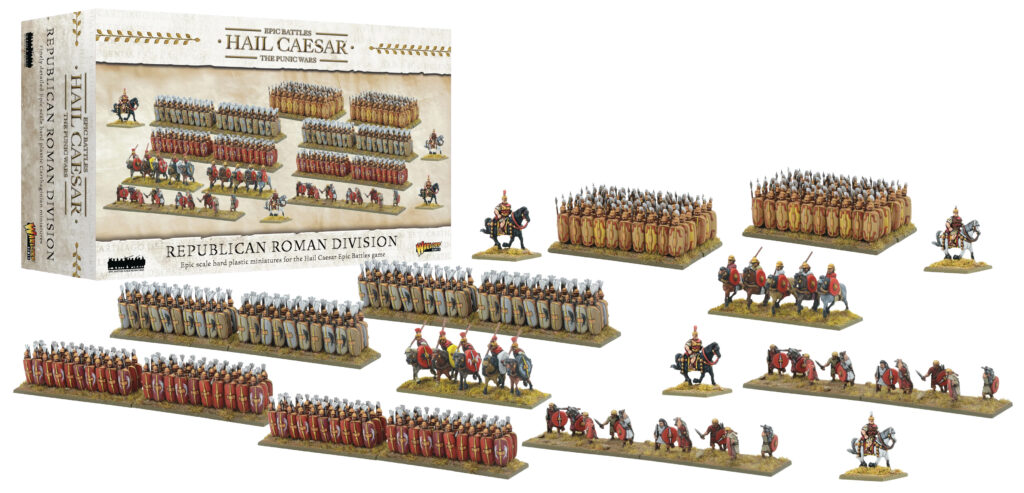
Scipio Africanus’ Roman Legions
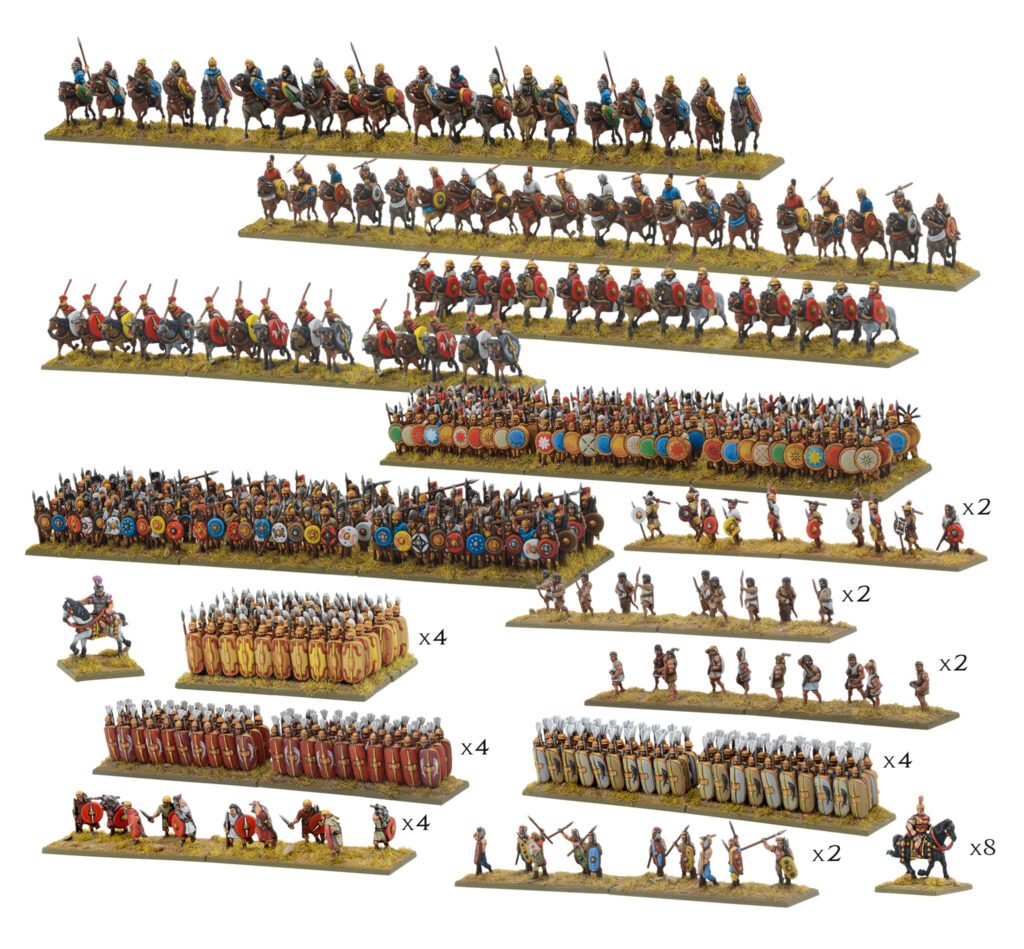
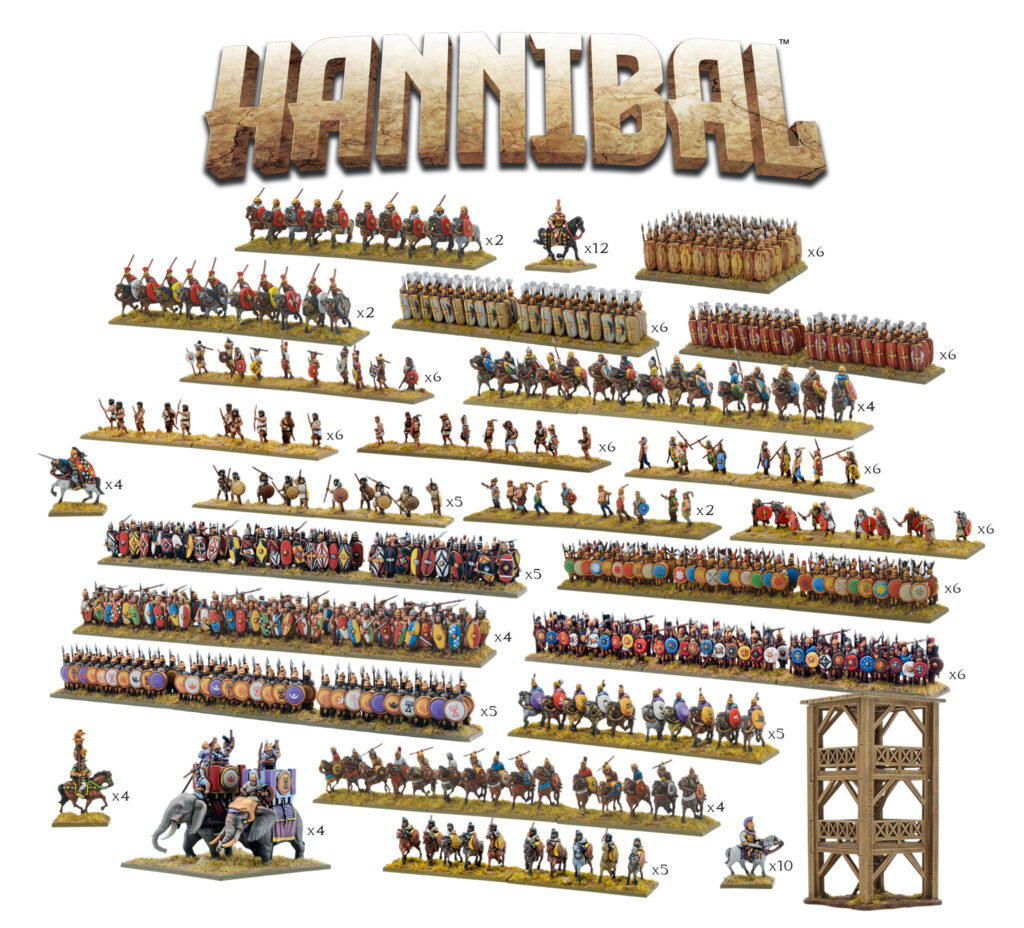
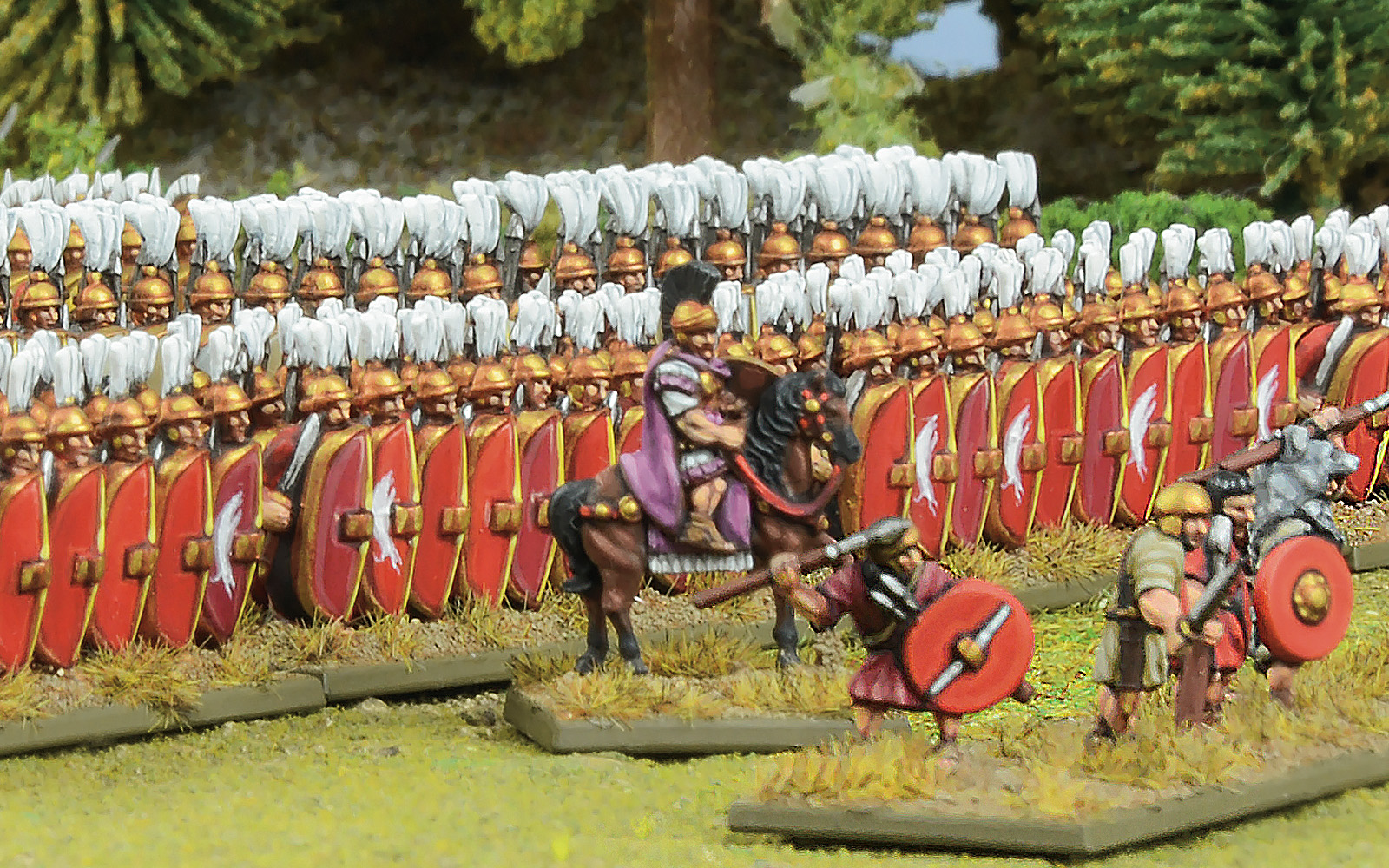
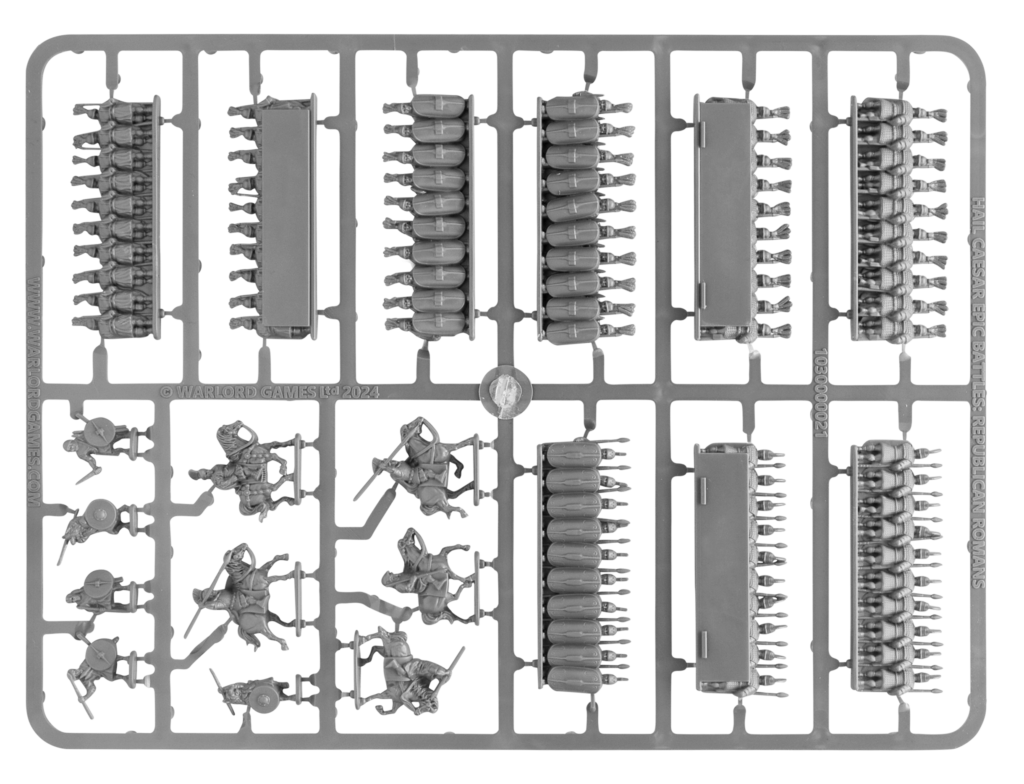
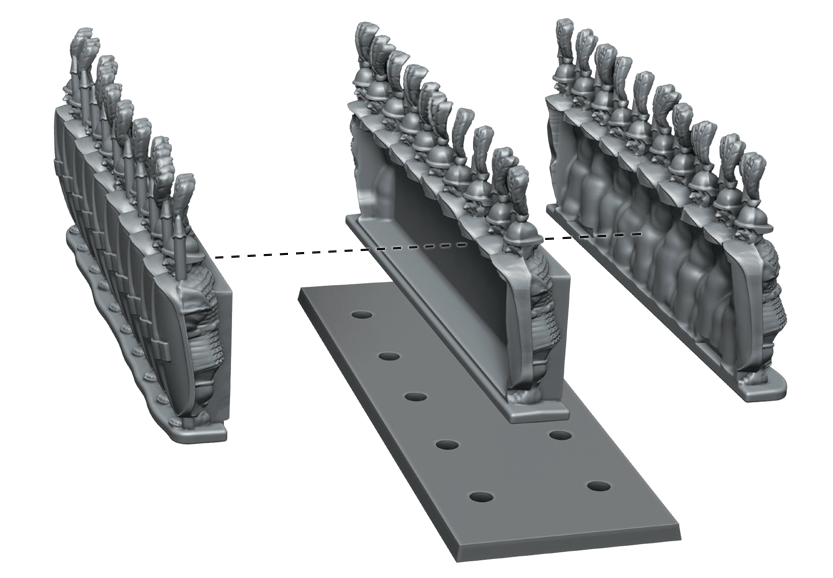




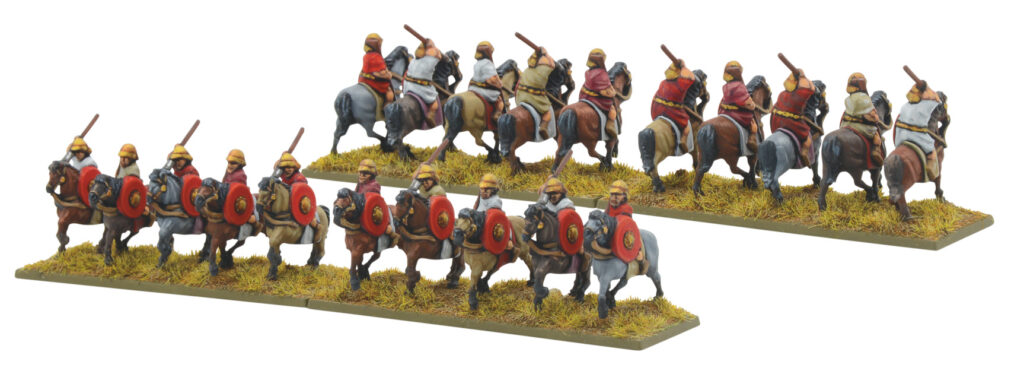
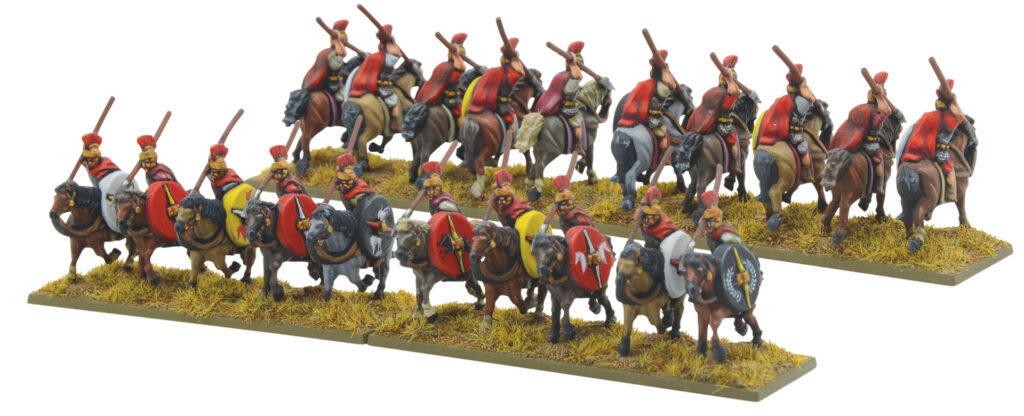
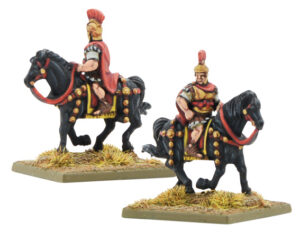
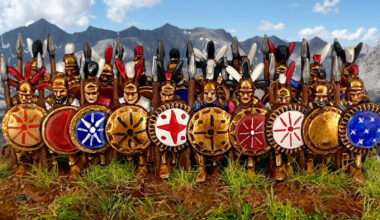
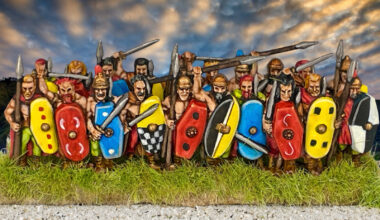
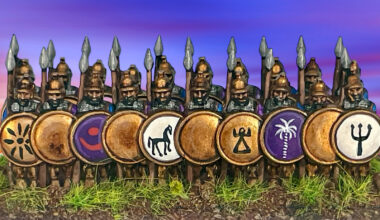
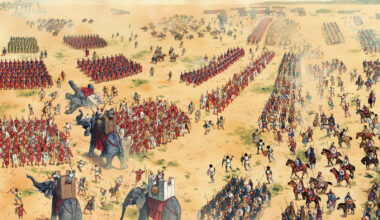
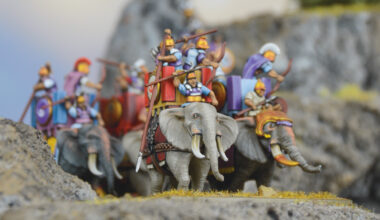
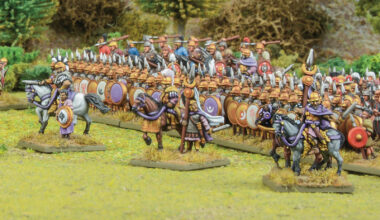
2 comments
Ehem… es ad triarios venit: You are towards the triarii he came? 😛
There is a short typo: “res ad triarios venit”, it should say.
Regarding the depiction of the Romans, in fact they did not fight in such a close formation, definitively not more than the Carthaginians. Helmets were not that standardized and everyone got their own, nor the chain mail, which some scholars point out that were less that a fourth wore it during the Punic wars. That is why Hannibal could just equip with those to his Lybians in Cannae (around 8.000) instead of the full army, despite the fact that he had killed or captured more than 40.000 Romans by then.
Anyway, this is just a game and it is good news we have Ancients in plastic and very close to 15 mm.
Is the roman division composition rule the same as in the big hail caesar, i.e. one unit of triarii per 2 units of principi and 2 units of hastati? Then it would seem half the bases of triarii will be unneeded?
Comments are closed.